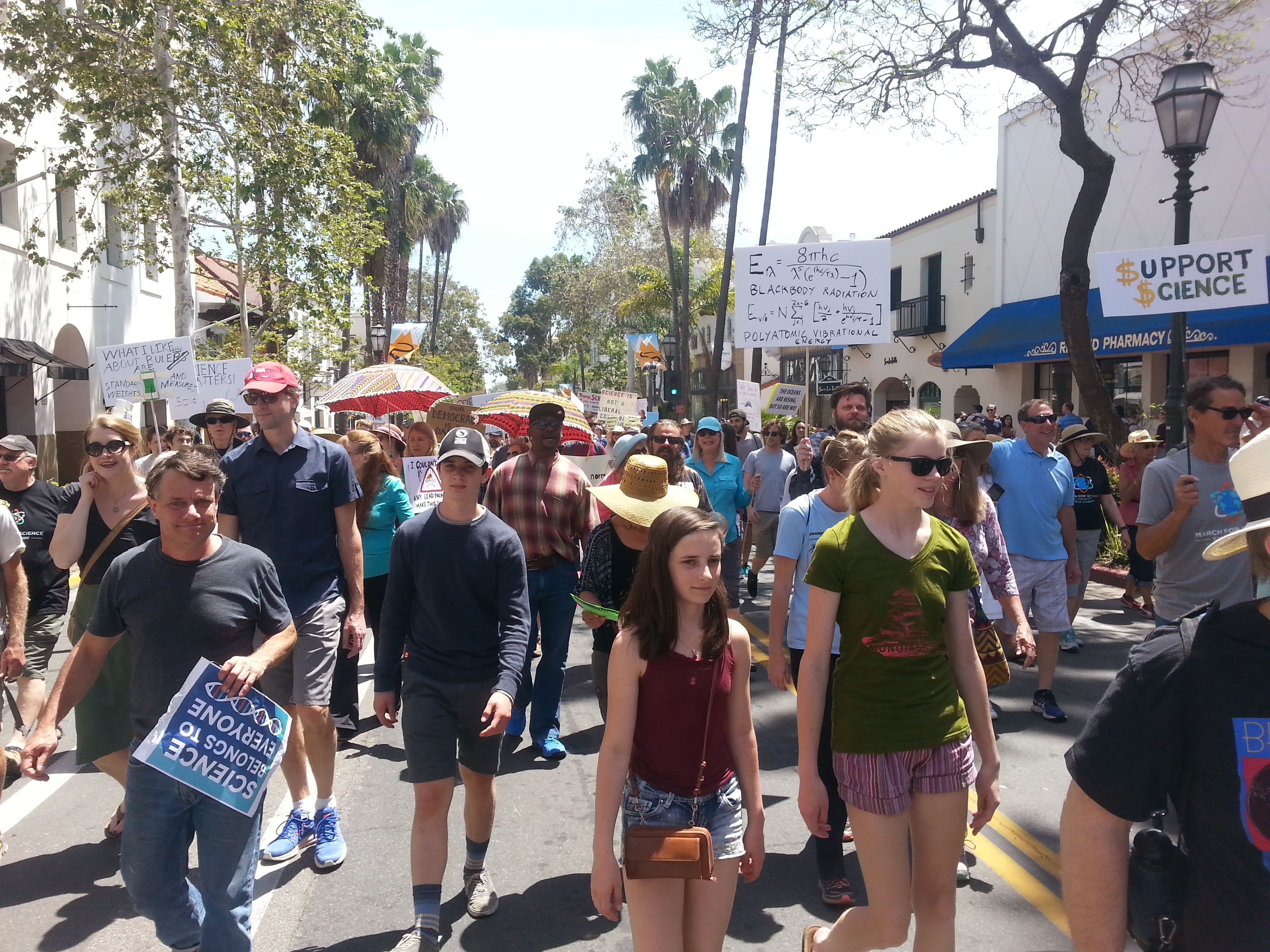Can Piezoelectric Materials Help Offset Fossil Fuel Consumption?

As usual, it all comes down to costs, in this case, the prevalent cost of electricity from competitive sources, the cost of the material itself and the capacity factor, i.e., the fraction defined by the amount of energy actually generated divided by the amount of energy that could potentially be generated in ideal circumstances if it were happening 24/7/365.
I don’t know exactly how to do the math, but in most imaginable cases, I’d have to suspect that the CF for piezoelectricity would be miserably small, as a given piece of pavement isn’t getting pounded by foot traffic every millisecond of every day. I would think that the entrances to train and subway stations in huge cities would be about as close as one could come.
Maybe someone else knows more about this than I do. I seem to recall that frequent commenter Glenn Doty wrote something on this not too long ago.
One might ask: OK, why not build roads out of this stuff, since the force exerted by a car tire is so much greater than that of a human foot? The answer lies in the first law of thermodynamics, i.e., that when it comes to energy, there is no such thing as a free lunch. If the car does work, the car slows down, albeit microscopically, and thus needs additional fuel to keep moving.
Of course, the same principle applies to people (think of running on sand), but this effect with piezoelectric materials isn’t noticeable, and even if it were, we need the extra exercise in any case. The extra work we do comes from the chemical energy in the food we eat, and most of us would be happy to shed a bit of that.

Craig,
My comment was no different then your own. I suspect that only specific areas that receive very high foot traffic would show a reasonable LCOE.
Of course, the other issue is the costs that are offset. As I understand it PZ tiles are incredibly durable and weatherproof. I remember reading an argument suggesting that it be used to tile the sidewalks in NYC… because sidewalk repair was costly and caused a nuisance… The article I read suggested that they’d save money in lower maintenance costs, while the extra energy was simply an add-on. I don’t know enough to know about that though.